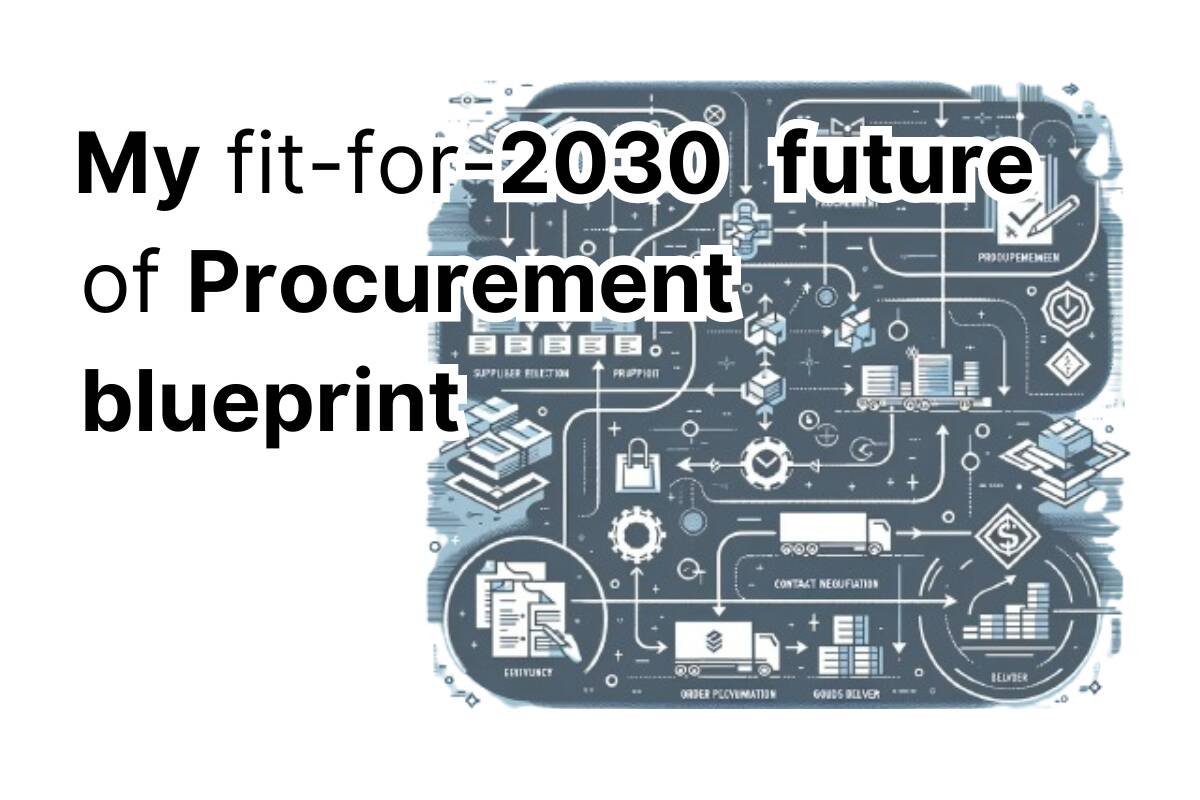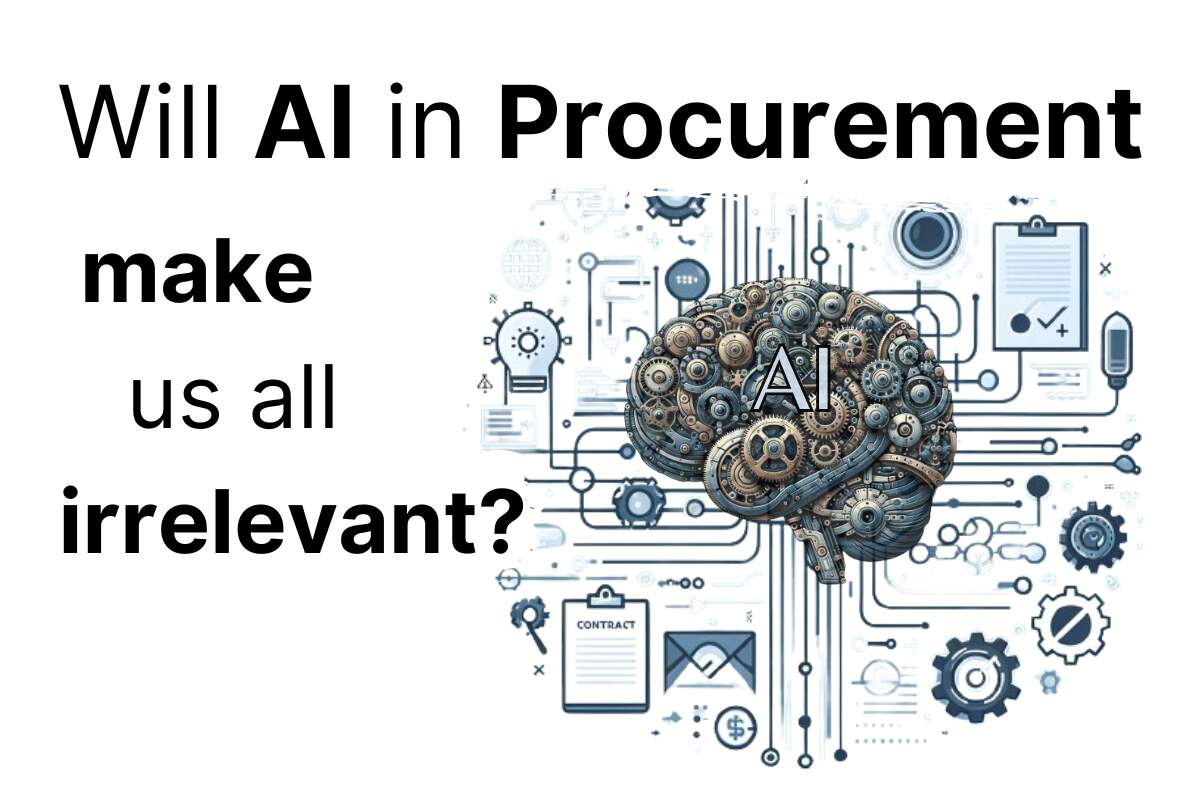The topic of supplier consolidation is a popular one, especially across indirect procurement spend.
If we take the 80/20 rule, then 80% of the supply base usually accounts for just 20% of an organisation’s total spend. Furthermore, the vast majority of P2P issues and day-to-day firefighting usually comes from this long tail of non-core, non-strategic suppliers.
It’s rarely strategic suppliers who cause procure-to-pay pain. These core vendors are the ones supplying daily or weekly, and who are in constant dialogue with either Procurement, or you Stores and Operations teams. It’s the tail spend vendors – those with whom you typically aren’t communicating as frequently (or at all) – where the issues generally arise.
So, the question we’re going to tackle here is how supplier consolidation can be used to drive a significant reduction in day-to-day operational issues.
Supplier Consolidation: how can it reduce Operational P2P issues?
First, let’s ask a simple question which is notoriously difficult for Procurement Manager to answer.
How many suppliers do you have? Do you even know?
If you’re honest, you probably don’t, and that’s OK.
Which source of data would you go to, if you want to obtain an accurate snapshot?
Let’s consider the number of suppliers in your ERP system or P2P suite. Great, but not all of them are likely to be active. So, what about the total number of suppliers whose invoices you paid in the last 12 or 24 months? Sure, but does that include any maverick buying, or any authorised non-PO spend?
It’s not an easy question to answer.
But what we can definitely agree on is that the higher the number of suppliers you have, the more impossible it becomes to actively manage them.
Think of it a bit like this example of tax code.
The Hong Kong tax code is just 276 pages long. By comparison, the UK’s is over 21,000 pages. No prizes for guessing which of these jurisdictions has the more efficient and streamlined revenue agency.
The same can be said for the approach to tail spend management.
Procurement teams are, by nature, lean. Realistically, only the top couple of hundred suppliers are going to be actively managed by Category Managers. Meaning you’ve got a long tail of potential banana skins in your procure-to-pay process.
Let’s take a look at how and why this occurs, before we tackle what can be done to mitigate it.
Why having too many vendors creates more work
With each additional vendor in your system, you increase the chances of having yet another potential operational problem. These issues will impact your procure-to-pay process or your day-to-day operations in various ways:
Late deliveries
More suppliers mean more emails, calls or correspondence with logistics and sales managers when arranging deliveries. The more plates you’re spinning, the greater the chance that something will go wrong. This usually manifests itself in the form of late deliveries.
If a supplier does millions of dollars worth of sales with you, they are generally going consider you as an “A” customer. Compare with a supplier who ships an order worth a few hundred dollars, two or three times a year. You’re likely going to be a nuisance customer to them and won’t be given the special treatment when it comes to customer service.
Invoice disputes
The more transactional the supplier relationship, the less likely their payment and vendor master data details will be kept up to date in your ERP or P2P system.
Their payment terms may have changed, especially if you order from them very infrequently. This can lead to invoices not being paid on time.
Perhaps their bank details have changed because it’s been a while since you ordered from them.
Wrong or missing info on their invoice is also often a cause of non-payment. Perhaps they are not used to quoting PO numbers on invoices. Or maybe the supplier is sending invoices to a defunct email address because their previous contact has left the company. This wouldn’t happen if the supplier was regularly shipping product or services to you.
Of course, all of this is avoidable. You just need to apply any or all of the following technology solutions into the intake-to-pay process.
- Intake portal for stakeholders to make request to purchase something
- Vendor master data portal, enabling a supplier to self-serve when maintaining their master data e.g. payment info, contact person, email addresses
- Accounts Payable automation software to seamlessly automate workflows from goods receipt through to invoice, three-way matching, discrepancy checking and clearance for payment.
Quantity discrepancies
Let’s take the example of buying PPE and consumables for a manufacturing business. If you have one supplier for these items, you’re likely ordering from an e-procurement portal or a supplier catalogue. This streamlines the ordering, dispatch, receiving and invoicing process.
It also means you’re going to be a more important customer to your supplier than if you have tens or hundreds of different companies supplying these products.
Having many suppliers for these off-the-shelf, non-technical items means you’re naturally going to have more discrepancies and administrative hassles.
One delivery note and shipment is much easier to check than several deliveries from a multitude of different vendors. The administrative waste of dealing with discrepancies or damaged goods will far outweigh a small difference in price.
Quality problems
The same can be said for quality issues. A more strategic supplier relationship usually results in more collaboration and time invested into Supplier Quality Management (SQM) in general. A transactional relationship based just on orders and invoices will usually lead to more quality issues. If it doesn’t get measured, it typically doesn’t get managed.
Missing goods receipt or PO acknowledgements
Having a long tail of non-strategic, transactional suppliers will typically increase the amount of time that is spent by an Operational Buyer or a Stores Operator chasing Goods Receipts (GRs) or POAs from suppliers.
Buying through catalogues and having a consolidated supply base will streamline all of this. It reduces the amount of invisible, administrative waste caused by having an inefficient buying operation.
Uncontrolled price increases
Logic suggests that supplier consolidation will give you better control over pricing. Having a few core vendors will give you more negotiating power and bandwidth to manage your supply base.
Having all of your spend scattered across a long tail of non-core vendors will result in it being impossible to track price changes.
It’s all about creating the right balance. If you go too far and consolidate too much, it can tip the scales in favour of the supplier when it comes to negotiating power.
Furthermore, supplier consolidation also makes it easier to manage formal price lists and maintain content in catalogues.
How to make tail spend and its impact visible
So, we looked briefly at how procure-to-pay issues can be exacerbated by having an effective supplier consolidation strategy.
The obvious next question is what can be done to highlight where this may be the case.
Measuring the opportunity cost of too many suppliers
Measure how much of your buyers’ time each week is typically spent on dealing with otherwise avoidable operational P2P issues.
Get your team to log the number of hours they spend on non-added-value work. This is a good start. It gives you an idea of the magnitude of the problem, and its invisible cost to your team.
Let’s say a quarter of their time is spent on otherwise avoidable P2P issues.
That’s $25,000 in wasted salary costs for each employee, if we assume the average Category Manager earns a $100,000 annual salary.
But that’s not all.
What’s the opportunity cost of this non-value-added time?
If we assume that a Category Manager delivers 10 times his or her salary in measurable savings, then an additional $250,000 in untapped savings are being left on the table.
Manufacturing operations often talk about the cost of poor quality. This is our equivalent: it’s the cost of administrative inefficiency and waste.
What is the best strategy for vendor consolidation?
First of all, you need to understand the current situation. Getting clarity on how your current spend is made up is key here.
Spend transparency: know what you’re buying, and from whom
If you have a spend analytics tool, this is obviously going to be much easier to do.
Without this data though, you’re flying blind, so it’s worth taking the time to do it, even if you don’t have spend analytics software.
The following KPIs are all good ways to track transactional procurement efficiency
- What is your average PO value or shipment value per supplier?
- What is your annual quantity of POs and invoices for each vendor?
- How many of your POs and invoices could be consolidated into one weekly or monthly consignment order?
Know who are your critical vendors
Now that you’ve done this, it’s now time for the final piece of the puzzle. We need to look at how to reduce the number of suppliers your organisation is dealing with, while avoiding a revolt from your stakeholders!
Are there several suppliers which supply similar or the same products and services? Put together a R/Y/G analysis of your supply base.
Red = critical or monopoly vendor
Yellow = preferred vendor
Green = transactional / replaceable vendor
Any suppliers in green are, in theory, surplus to requirements. So, pick out the ones which offer the best commercial conditions and service levels, and run a tender for the spend currently with the non-preferred vendors.
Simplify the intake process
Of course, this is only the supply side. So, let’s consider the demand side.
Making it easy and intuitive for stakeholders to request or make purchases will dramatically increase compliance.
Do you have preferred vendors with whom you have negotiated price lists or terms? Then you need to ensure that it’s easier for requisitioners to buy from those vs. picking up the phone to a random supplier.
There is a growing recognition out there that this has been a major inhibitor to reduce maverick buying. An ever-increasing number of startups offering intake solutions confirms that this is an area ripe for optimisation.
Enable e-procurement or guided buying
Following on from intake, guiding the stakeholder to the correct buyer, or supplier catalogue, is the next step in the journey of simplifying the buying process. Do you have supplier catalogues or online shops that your system can “punch-out” to, with already pre-negotiated terms or volume discounts?
This will automatically reduce the number of touch points necessary between the stakeholder, Procurement teams, the supplier and Accounts Payable.
What happens next after achieving supplier consolidation?
Assuming you can get this far, then you’ve enabled much more bandwidth for your team to tackle more value-added activities.
Following the 10-step roadmap for procurement excellence as proposed in Profit From The Source would be a good place to start. This provides a great orientation when looking how to leverage your relationships with your key suppliers.


